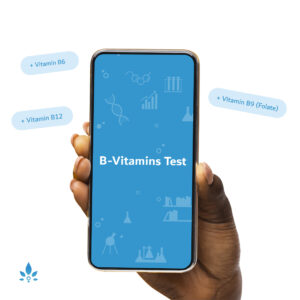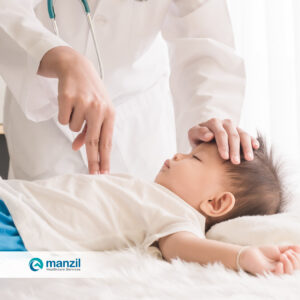Treating Burns in Children


Burns in children are one of the most common household accidents. In 2010, more than 60,000 children ages 4 years and under were treated in emergency rooms for burns. It\’s no wonder burn injuries are so common: burn hazards exist in just about every room in the house, from hot water burns in the bathrooms to kitchen burns to burns caused by light bulbs.
Burns can be thermal, electrical, or chemical. They are can be classified as first-, second-, or third-degree burns:
First-degree burns harm the top layer of skin, making it red but usually without blisters.
Second-degree burns affect the first and second layers of skin, resulting in swollen, red, blistered skin.
Third-degree burns go deep into the skin and underlying tissue. These severe burns typically require a skin graft to prevent scarring.
If your child is burned, a rapid response can reduce the pain and risk of infection.
Treating first-degree and smaller second-degree burns
Run cool water over the burned area for several minutes. Especially for burns on the face, apply a cool washcloth. Rewet the cloth every few minutes. Gently dry the skin by patting it with a clean towel and loosely cover the area with a sterile bandage. If there are any closed blisters, don’t break them open because they help protect the sensitive skin beneath from infection. If any blisters are broken, you can apply antibiotic ointment and cover the open wound with fresh bandages. If age-appropriate, give your child acetaminophen or ibuprofen according to the label directions and continue to apply cold compresses for the next few days.
Larger second-degree burns and third-degree burns
For these more serious burns, you must act quickly. If your little one’s clothes are hot or smoking, remove them only if they are not sticking to the affected area. Do not tear clothes away that are stuck to burned skin. For a chemical burn, flush the skin with water for several minutes and then try removing clothing. Do not place your child in cold water, as this could result in shock. Instead, apply a cool washcloth to the burned area, but remember to continually rewet the cloth. Gently dry the skin with a clean towel, and use a sterile bandage to cover the burn. Keep your child comfortable and call for emergency medical services as soon as possible.
When should you call 911?
After treating the burn, call your pediatrician to report the injury. However, if your child has a more serious burn, if the burn is electrical or chemical, or if your child is unresponsive or has trouble breathing, call 911 right away. In the case of an internal chemical burn — your child has swallowed drain cleaner, for example — call Poison Control at 800-222-1222.
What not to do
Never use ice, butter, petroleum jelly, honey, or powder on a burn. These can trap heat within the skin and prolong a burn, furthering the injury. Only apply creams or ointments when directed by your doctor. If you are unsure about how to care for your child’s burn, ask your pediatrician or medical professional.
Infection prevention
During your child’s recovery, it is important to avoid the risk of infection, which can slow the healing process. Keep a close eye on your child’s burn injury for any signs of redness, swelling, oozing or pus, or a fever. Remember to wash your hands before and after tending to the affected area. Never break closed blisters because they become vulnerable to germs and increase your child’s chance of infection.
Sources:
- American Burn Association
- Scald Injury Prevention.
The Phoenix Society - Burn Injury Information.
The Children’s Hospital of Michigan Burn Center - Pediatric Burn Treatment.
Powered by Bundoo®












































